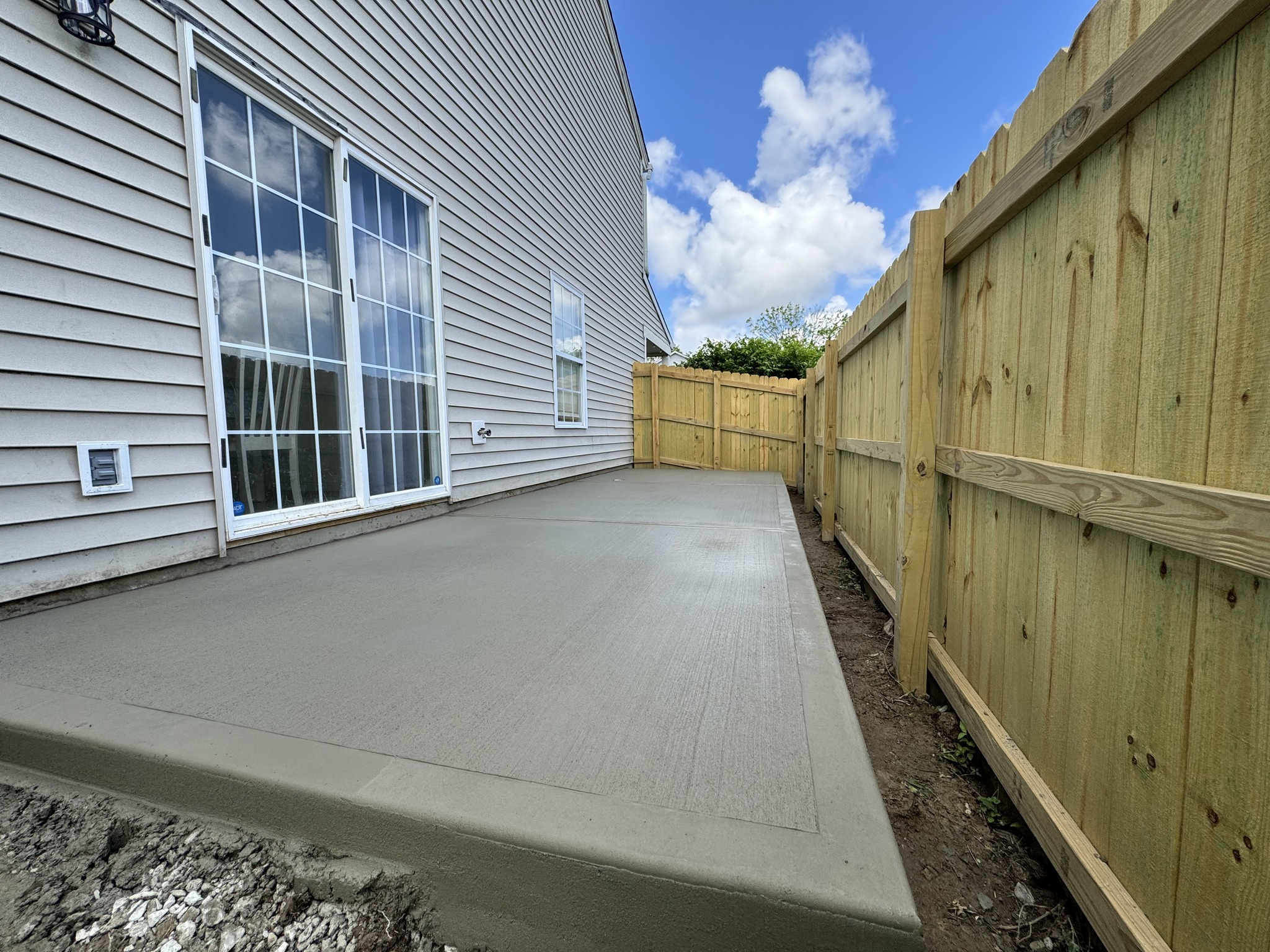
Concrete Solutions for Urban Heat Island Reduction Jul 02, 2025
The Urban Heat Island effect poses challenges by increasing energy consumption, exacerbating air pollution, and raising health risks, particularly during heatwaves. Given this context, adopting strategic and sustainable construction practices is more crucial than ever. Concrete, an integral part of urban infrastructure, can play a pivotal role in mitigating UHI when used thoughtfully.
One promising approach is the implementation of reflective concrete. By using lighter-colored aggregates and special coatings, concrete surfaces can reflect instead of absorb solar radiation. Reflective concrete maintains lower surface temperatures, thus alleviating the Urban Heat Island effect. This solution is especially effective in paving and roofing, where extensive surface areas are exposed to sunlight.
Another innovative concept gaining traction is pervious or permeable concrete. Unlike traditional concrete, pervious concrete contains interconnected voids, allowing water to pass through. This feature not only aids in stormwater management by reducing runoff but also helps to maintain cooler surface temperatures. When rainwater permeates through the concrete and evaporates, it acts as a natural cooling mechanism. Integrating pervious concrete in urban design not only improves the heat resilience of a city but also contributes to better water management practices.
The strategic deployment of green roofs and cool roofs also complements the benefits of advanced concrete solutions. H&R Concrete can work with city planners and architects to combine concrete elements with vegetation, further reducing heat absorption and promoting a microclimate that sustains natural cooling. The use of such innovative solutions can transform urban landscapes into sustainable, comfortable environments, significantly reducing the impact of UHIs.
In addition to these solutions, incorporating smart urban planning practices is vital. Selecting high-albedo materials that reflect sunlight can be integrated into sidewalks, parking lots, and plazas. Through collaboration with companies like H&R Concrete, cities can develop action plans that align with sustainability goals, fostering urban environments that are both heat-resistant and energy-efficient.
Furthermore, educating stakeholders, from builders to policymakers, about the benefits of using advanced concrete technologies is essential. Awareness campaigns and pilot projects can demonstrate the tangible outcomes of these sustainable practices, encouraging broader adoption across urban areas worldwide.
In conclusion, while the challenges posed by the Urban Heat Island effect are significant, they are not insurmountable. By leveraging innovative concrete solutions, H&R Concrete can lead the charge in transforming urban settings into cooler, more sustainable places to live and work. These efforts not only contribute to environmental resilience but also enhance the quality of life for city dwellers. As cities continue to grow, the commitment to sustainable infrastructure—supported by cutting-edge materials and practices—will be a defining factor in mitigating the impacts of climate change and ensuring a healthier future for all urban residents.
/filters:no_upscale()/media/203210ff-094f-42a2-9093-cbf56f3c2f93.webp)
/filters:no_upscale()/filters:format(webp)/media/c072d2dd-6e4a-4753-97df-7a6e43b11ff1.jpg)